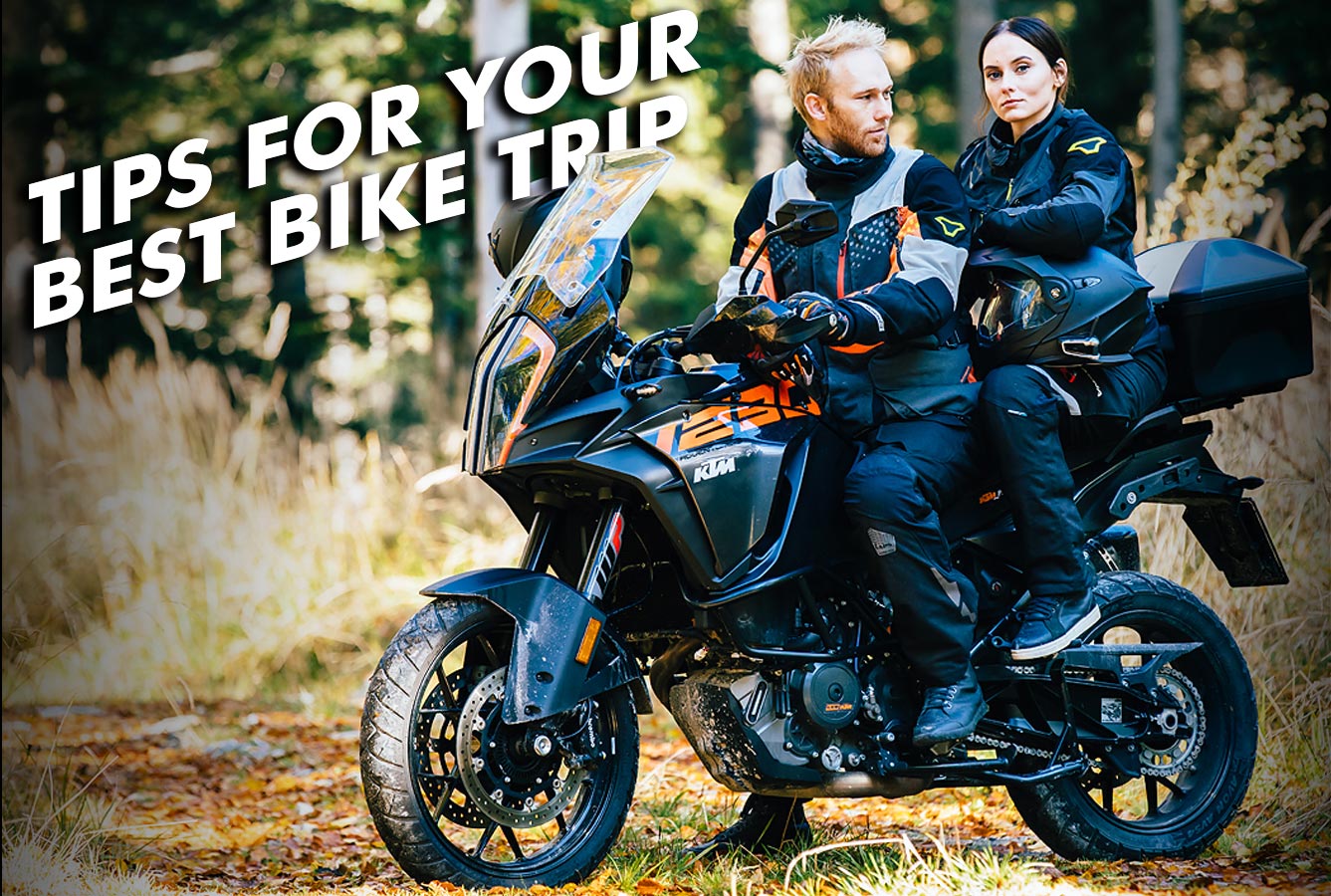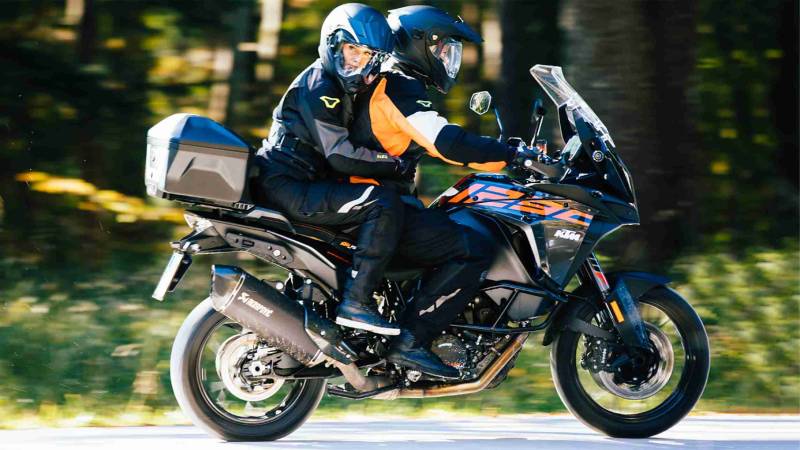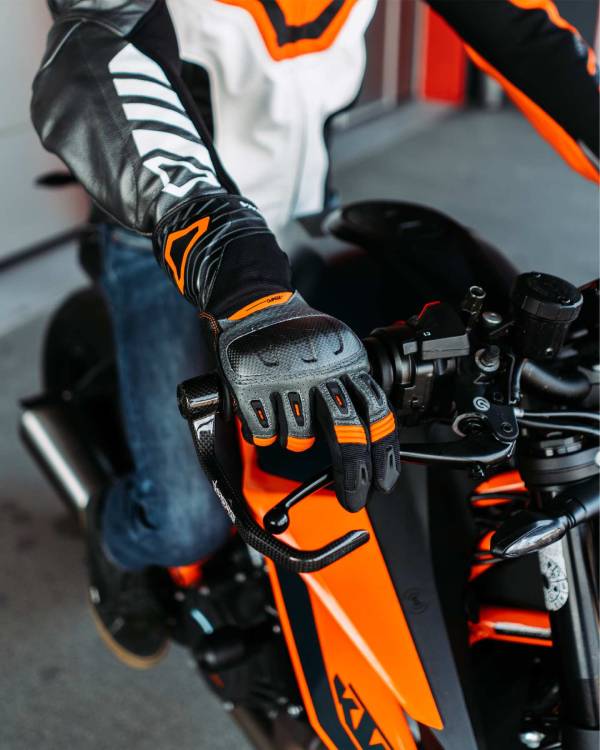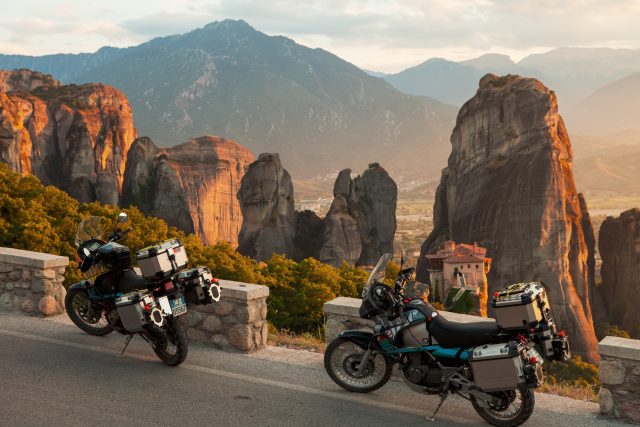Before you buy your plane tickets and organize shipping to a faraway destination, or spontaneously hop onto your bike and cruise, there is some preparation involved. Here’s what we suggest to make this the experience of a lifetime.
Before You Ride Preparation
Before you embark on your long-distance journey ahead, prepare yourself and your ride with these tips for a perfect bike trip!
Choose an Engine Suited For the Ride
Engine size on a motorcycle isn’t a definite guarantee that you’ve selected the best motorcycle for your perfect bike trip, but they can have an effect on them.
Under 750cc
Depending on the style of motorcycle, 750cc is a suitable engine size to ride long distances with. A 750cc standard or cruiser may be a perfect fit for a daily commute and an occasional longer ride. Something smaller, like a 250cc, is suited best for a daily commuter; although it’s fuel-efficient, it can struggle at highway speeds. A 750cc sports bike should be able to do it all: capable of riding around town with efficient mileage and easy maneuverability, but also able to cruise at highway speeds for long periods without an issue.
Over 750cc
Over 750cc is also well-suited for a daily commuter, but its prime time to shine is cruising at highway speeds. Large enough for a long, comfortable journey, a larger engine can be fit inside a larger motorcycle that can carry added weight and offer extra storage options.
Proper bike maintenance
If you’ve ever broken down around town, you know how much of a pain it is to leave your motorcycle or have someone come pick you up with a pickup or trailer. Now imagine that scenario when you’re 800 miles from home in a strange town or stuck on a busy highway — not very enjoyable is it?
Conducting proper maintenance to your motorcycle before you leave on the trip is necessary, as it will allow you to make any repairs, or get ahead of maintenance items that may need to be done at a specific mileage. Worn tires, worn or stuck cables, and old brake pads are all things that contribute to added risk for your next ride. Your motorcycle is your investment, so take care of it!
Specialized Gear
You should already expect that you’ll need the proper motorcycle gear for riding. Beyond all-weather protective gear, there are some different options in the aftermarket that may make your long-distance ride more enjoyable:
Heated grips
These are a good option if you plan to ride in the early morning or late evening, as they will add some heat to keep your hands warm when the surrounding temperatures become a little chilly.
Padded grips
Padded grips provide extra cushion for your hands and wrists, which can prevent any wrist pain and tightness when gripping your bike for hours.
Gel seat(s)
OEM seats are fine for a good ride, but they don’t have the extra seat support that a gel seat can offer. If you don’t have a gel seat offering, you can always contact an upholstery shop to custom make a seat for you.
Backrest
A backrest for you and a passenger can add a little extra support to lean back on as you ride. They mount to your seat and they even have gel options to couple with your gel seat.
Cruise / Throttle Control
Some grips offer a throttle lock that will help with cruising throttle and not require you to continually squeeze your hand around the throttle. You can still rid with your hand on the controls for safety, but just not have to squeeze the grip to keep the throttle in a certain place.
These are the most common types of storage options for your motorcycle
Tank Bags
Tank bags typically fastens to the top of your fuel tank with straps or magnets. They are great for items that are used more frequently than others (rain suit, identification, etc.). It also can have a clear pouch that you can store a map in to review as you ride and stop for a break.
Saddlebags
Saddlebags can also be fastened to the motorcycle with straps or have a rigid mounting structure for the larger sets available. They fit on either side of the rear wheel and offer extra storage for gear. Offerings include hard or soft materials made from fiberglass, canvas, and leather.
Trunk/ Tail Bags
Trunk/tail bags can replace the rear seat or have a structure that holds the storage compartment over the rear wheel. They provide an abundance of extra storage and can typically hold a full-face helmet, a small pet, and lots more.
Leg Bag
A leg bag is a convenient way to store your phone and documents while having them with you, even when you leave the bike.
Riding Posture
Your motorcycle posture should offer both support and quick reaction ability for control. When you’re riding for long hours, sit in a neutral position to keep your muscles loose and ready to react until you stop for a break to stretch. Your handlebars should position your hands ideally between your stomach and shoulders, roughly midway, and your arms should have a slight droop to them. Anything too low and too high put stress on your muscles and joints, which can lead to premature fatigue.
Plan Your Perfect Bike Trip
GPS/Maps
Know your end destination and map to it via GPS or by the old-fashion paper map. Decide how long it will take to get there, whether that’s within a few hours or days. This requires some thinking and planning, as there can be many routes to journey on. Do you want to get there quickly on the interstate? Or do you opt for the scenic route and check out the World’s Biggest Ball of Yarn? Perhaps there is this famous diner in the back roads that you’ve wanted to try?
Climate
Be aware of the climate when riding so you can pack accordingly. Are you going to ride at night, which might require cooler weather gear? Or are you riding in the spring with erratic rain showers? Perhaps it’s a long summer day of sunshine? Topography over mountain passes can change from hot to cool in a matter of minutes, so be prepared for the evolving temperatures.
Obstacles
The warm weather that is great for riding can also be great for construction. Are any parts of your travels obstructed by construction zones that may cause a delay or a detour? Most states have a website that is continuously updated for road conditions and traffic delays.
Accommodations
If you plan to stay overnight during your trip, plan ahead, and have your accommodations booked before you leave. You don’t want to ride into a town and realize the big championship game has every hotel in town booked solid. Planning also gives you a target goal to achieve and look forward to every day.
Fuel Stops
You should know how far you can ride on a full tank of fuel, and with that information, you can plan out your fuel stops ahead of time. Larger motorcycles may have larger fuel tanks that can run up to 500 miles at cruising speeds. Decide if you want to run through a complete tank, or stop at the half tank for a break to refuel and stretch.
Riding Distance
Be realistic with your perfect bike trip destination. Riding while fatigued because you had committed to the end-of-day destination can be exhausting and dangerous. Plan your routes and distances accordingly, so you don’t have to scramble to stay awake and keep going each night.
Personal Gear
Prepare for every climate and weather condition you expect to ride through during your journey. Hot can turn to cold quickly, so you need to be prepared to change clothing. Wear base layers under your motorcycle gear to adjust to fluctuating temperatures. Invest in synthetics where you can as cotton tends to be heavy and doesn’t wick away sweat easily.
Protective/Rain Gear
You may not think you’ll need it, but better safe than sorry! Roll up your rain gear and keep it ready to go. Also, there are A LOT of cool riding jackets, helmets, pants and protective gear on the market so don’t skimp on safety!
-
 E-book | WIN A KTM 790 DUKE edition
E-book | WIN A KTM 790 DUKE edition -
 Motorcycle gloves – Macna HAROS | Rok Bagoros Edition
Motorcycle gloves – Macna HAROS | Rok Bagoros Edition -
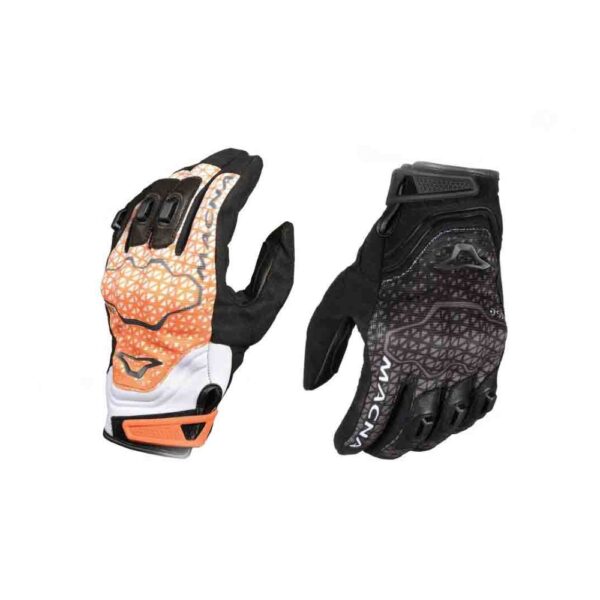 Motorcycle gloves – Macna Assault
Motorcycle gloves – Macna Assault -
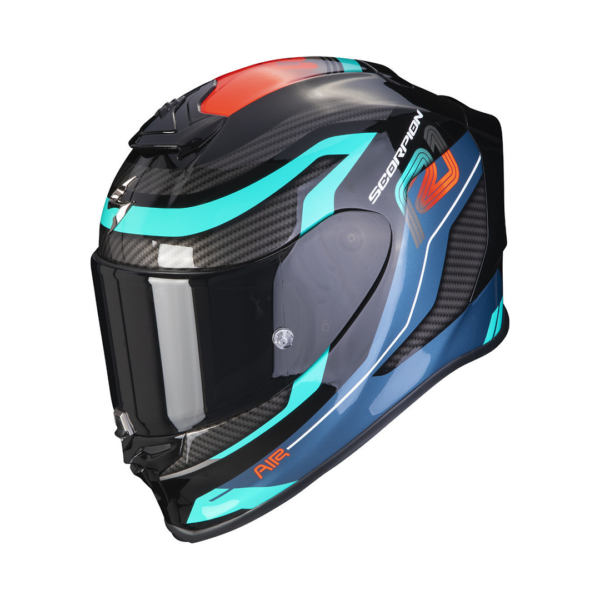 Helmet Scorpion EXO R1 AIR VATIS
Helmet Scorpion EXO R1 AIR VATIS -
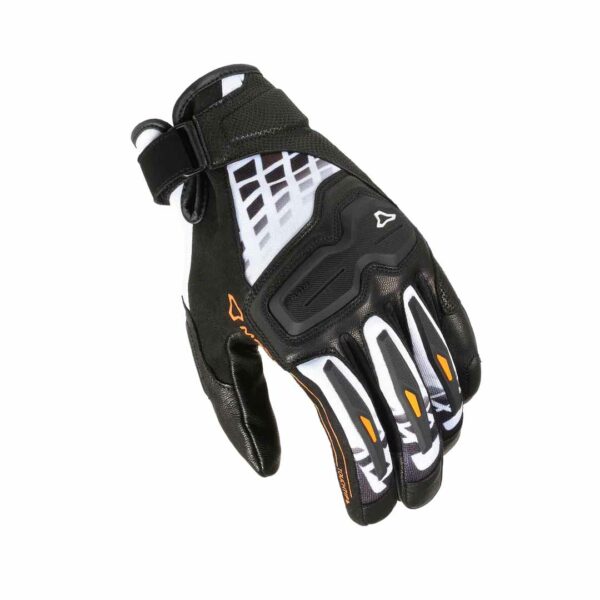 Motorcycle gloves – Macna HAROS | Black & White & Orange
Motorcycle gloves – Macna HAROS | Black & White & Orange -
 Helmet Scorpion EXO-520 EVO Air ROK BAGOROS Black-Red
Helmet Scorpion EXO-520 EVO Air ROK BAGOROS Black-Red -
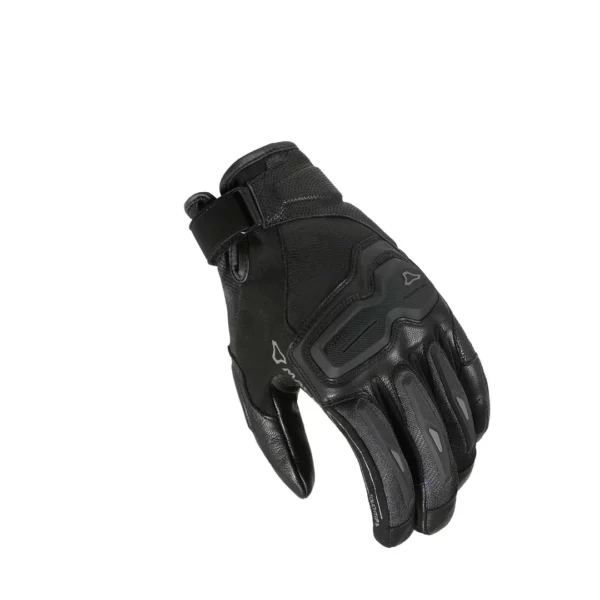 Motorcycle gloves – Macna HAROS |Black
Motorcycle gloves – Macna HAROS |Black -
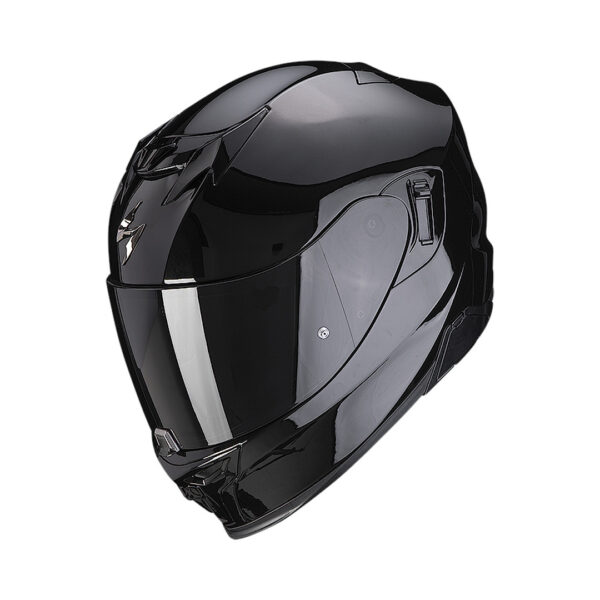 Helmet Scorpion EXO-520 EVO Air SOLID – Black
Helmet Scorpion EXO-520 EVO Air SOLID – Black
Personal Identification
Keep your wallet and cell phone in a place where it’s quickly accessible. Always carry a few dollars in the local currency to pay tolls or for any purchases that do not accept a credit or debit card. Your license, registration, proof of insurance, and medical information documents need to be close by in case you are pulled over or in an event of an accident. Don’t forget your passport if you’re planning on traveling internationally!
Protective Eyewear
Carry a spare set of contacts or glasses if you need corrective eyewear for vision. Consider packing a separate visor to adjust to the changes in lighting, possibly a dark, tinted one for daytime and a clear visor for night-time riding.
Protective Balms
Sunscreen or lip balm with SPF is helpful in reducing the chance of wind and sunburn.
Earplugs
Wear earplugs every day to reduce fatigue from wind noise. Wind noise can cause headaches from the constant static noise heard from inside the helmet. You can have custom-made earplugs made or simply pick up a pack of disposable ones so you can wear a fresh set every day on the ride.
Great for taking calls or listening to music and even better if you’re riding with someone – you can connect them and enjoy a hassle-free ride without sign language!
Extra Toiletries
Carry anti-allergy, anti-inflammatory, pain or regular medications, bug repellent, first-aid kit, soaps, shampoo/conditioner, deodorant, female sanitary items (if applicable), toothbrush, toothpaste, and floss, grooming supplies, a spare washcloth, etc.
Additional Gear
Motorcycle Tool kit
A travel-sized tool kit can be extremely handy while on the road.
Tool Kit
Carry a small toolkit for emergency repairs or adjustments. A crescent wrench, small locking pliers, a simple socket set, a small flashlight, a multi-tool with screwdrivers and picks, an Allen wrench set, tire repair kit(s) with inflator and gauge, bungee cords, and a set of jumper cables can all find uses on a long ride.
Extra Parts
You may want to carry a few of the common-sized fasteners used on the motorcycle, a roll of duct tape, some electrical wire, baling wire, cable ties, cotter pins, spare replacement bulbs, and extra fuses just in case.
Fuel
Depending on where you’re headed, gas stations may be limited. They make small auxiliary fuel tanks that can be added safely to your equipment to extend your fuel range if you run short.
Cleaning Supplies
Bring a travel-sized simple spray cleaning solution and a microfiber cloth to keep your helmet visor and motorcycle windscreens clean while on the road. Avoid paper towels for cleaning as they can cause micros scratches on your surfaces.
Hydration Packs
Consider wearing a hydration pack or carry small bottles of water in a tank bag to keep you hydrated during long hours of riding.
Snacks
Pack small snacks such as trail mix or protein bars in case you get hungry on the road (or buy them along the way).
Plastic bags
Plastic bags are a cheap alternative to keep things organized and dry. Use a permanent marker to document the contents of the bag and include the weight so that you can balance the weight on your motorcycle.
Camping Equipment
If you intend on camping along your long-distance journey, consider packing a flashlight, candles or a lantern, extra batteries, lighter or matches, sleeping bag with air mattress, tent, ground cloth, collapsible chair, eating utensils, a cookstove, and something to cut with (small knife or saw). And most importantly, never forget your toilet paper!
Additional Safety Tips
For You
Get plenty of rest
Don’t rely on caffeine to keep you going through the day. Rest up and listen to your body. If you’re tired, pull over.
Stay healthy by putting in good nutrients
Have a good, balanced meal before and after your ride and drink plenty of water and eat healthy snacks throughout the day. Load up on protein and fiber for breakfast to prepare for your long journey ahead.
Don’t speed
The perfect bike trip you’re on is more of a marathon than a sprint. Losing an hour or so in one day isn’t a big deal, but getting pulled over while speeding will delay you even more.
Get an early start on your ride each morning
Riding in traffic is unpleasant, so opt to start early to beat the crowds and the heat. If you’re lucky, you’ll be able to catch the sunrise each day!
Take a lot of breaks
The human mind does best when it stays focused for 45-minutes followed by a 15-minute break. Stop every so often for a certain amount of miles to stretch, relax, eat, and drink. Check out the local scenery; you just might learn some new history at a rest stop with a map. Refresh your energy and relax your body. Do some stretches; the best long-distance riders practice yoga, so do these simple stretches at each stop to stay ready to ride.
Be flexible with your itinerary
Traffic can vary by the hour, as well as the weather. Plan for the unexpected with the right gear for the ride and utilize your GPS to keep you up-to-date on route changes.
For Your Motorcycle
Check your oil and fuel levels on your rest stop
It takes an extra minute to check your motorcycle at a stop. Don’t let a leak leave you stranded on your perfect bike trip.
Carry an extra key
Believe it or not, things do get lost on a long trip, including your motorcycle keys. Be mindful of where you store the spare, as thieves can go rustling through your belongings.
Perform a thorough T-CLOCS inspection each morning on your perfect bike trip:
- Tires and Wheels
- Controls
- Lights and Electrics
- Oil and Other Fluids
- Chassis
- Stands
Protection
Think ahead and make sure to protect your bike in case of a crash as well. Protection parts are a relatively low-cost solution to a high-cost repair should you take a fall.
Our protection parts are subtle yet effective and add some style as well!
-
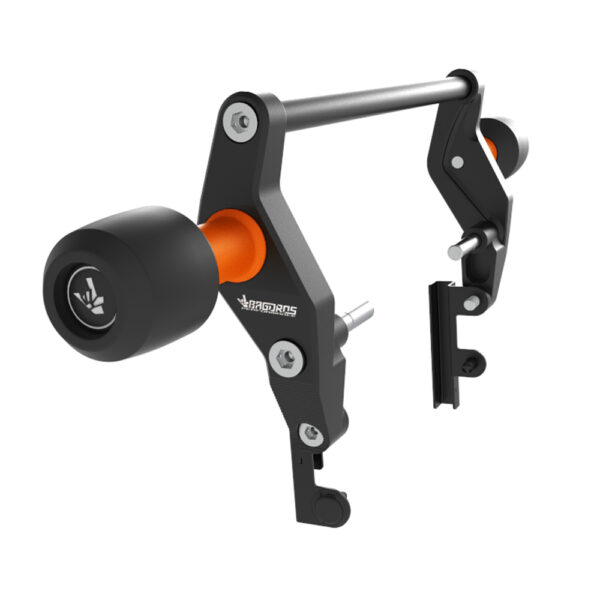 Crash Bobbins for KTM Duke 790 / 890 / 890R
Crash Bobbins for KTM Duke 790 / 890 / 890R -
 Crash Bobbins for KTM 1290 / 1390 Super Duke R / EVO
Crash Bobbins for KTM 1290 / 1390 Super Duke R / EVO -
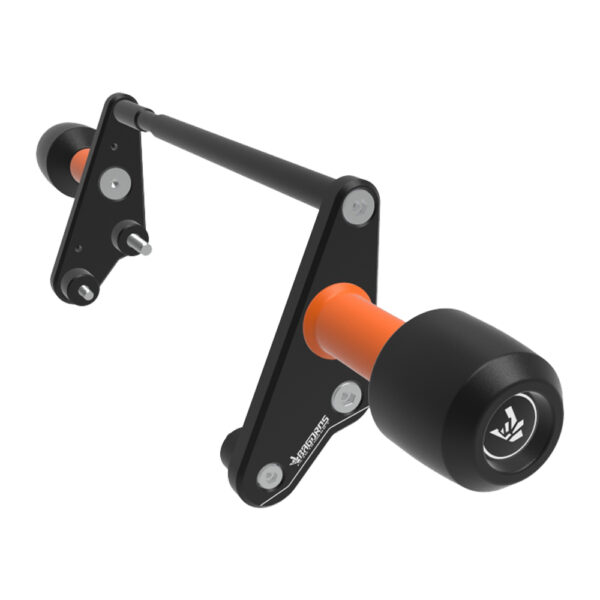 Crash Bobbins for KTM Duke 125 / 250 / 200 / 390 2019 – 2023
Crash Bobbins for KTM Duke 125 / 250 / 200 / 390 2019 – 2023 -
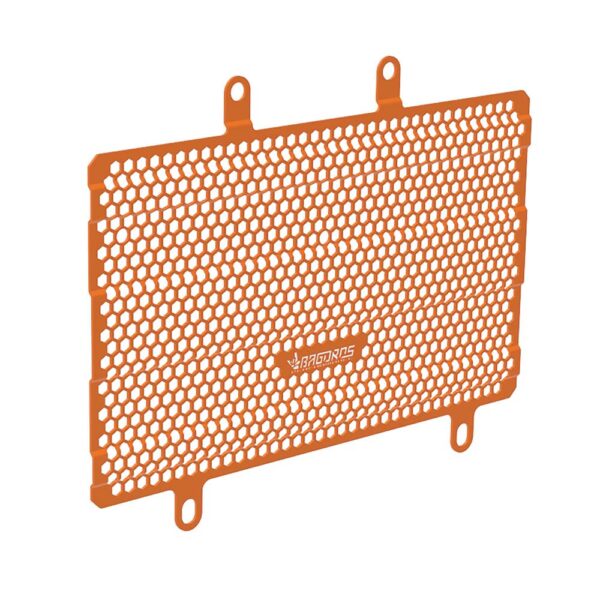 Radiator Guard for KTM Duke 250 / 390 MY 2017+
Radiator Guard for KTM Duke 250 / 390 MY 2017+ -
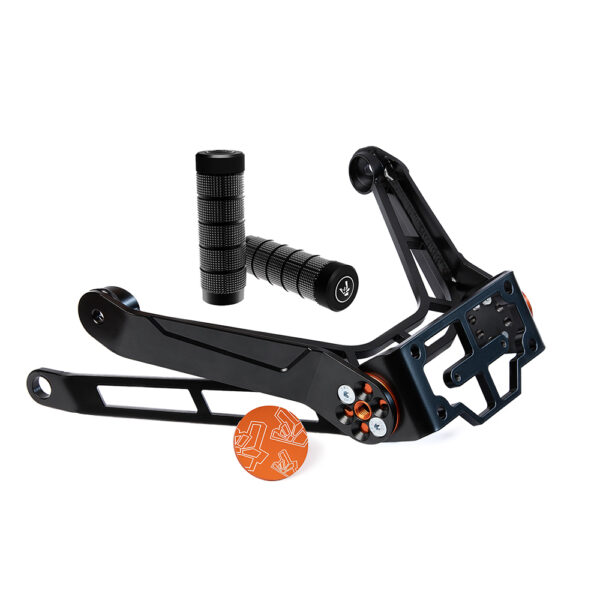 Adjustable Subcage for KTM 125 / 200 / 250 / 390 MY 2017+
Adjustable Subcage for KTM 125 / 200 / 250 / 390 MY 2017+ -
 Front Spindle Sliders for KTM Duke 125 / 250 / 390
Front Spindle Sliders for KTM Duke 125 / 250 / 390 -
 Rear Spindle Sliders for KTM Duke 790 / 890 / 890R
Rear Spindle Sliders for KTM Duke 790 / 890 / 890R -
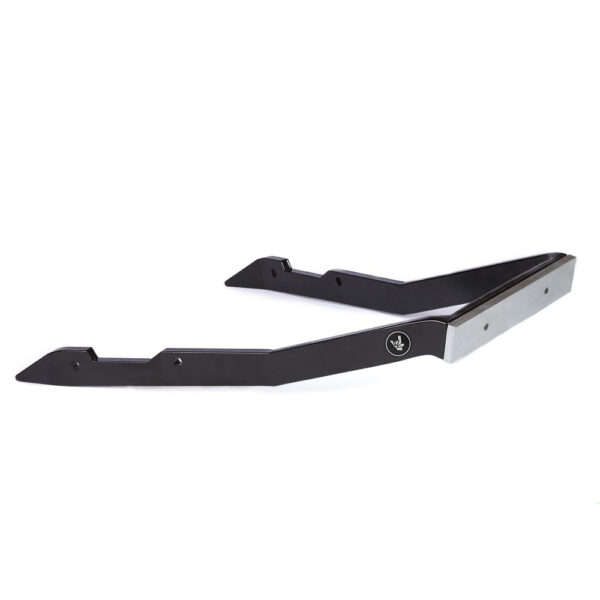 Wheelie Bar for KTM 125 / 200 / 250 / 390 DUKE 2017 – 2023
Wheelie Bar for KTM 125 / 200 / 250 / 390 DUKE 2017 – 2023
Know your fuel range
Don’t assume each town has a gas station. Be aware of how many miles you can ride on a tank of gasoline, how many gallons your tank should hold at fill up, and how to calculate your miles per gallon for every tank. It will allow you to plan ahead for the next stop and won’t leave you stranded in the middle of nowhere at night.
A long-distance motorcycle ride is a challenge for your mind and body with a massive reward for completion. Planning and preparation is the key to getting off on the right path.
Follow these tips for a perfect bike trip and finish strong!








